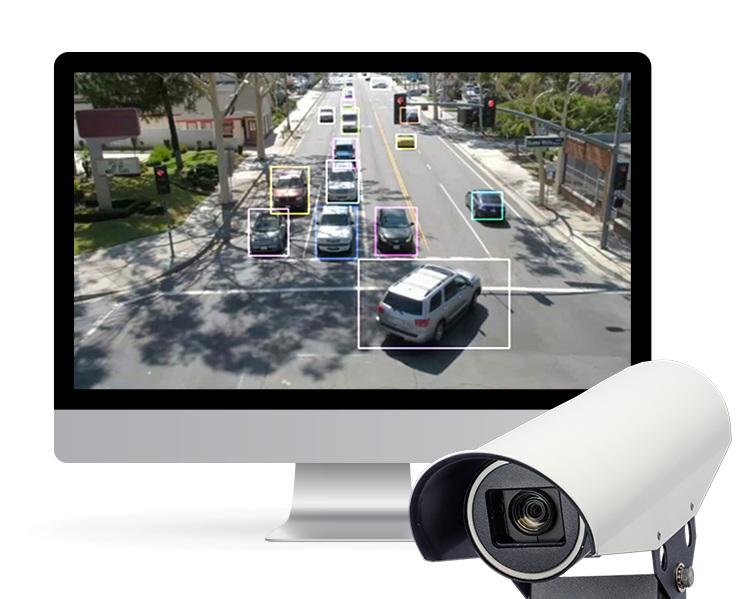A strong government role remains critical to ensuring that the deployment of connected and automated vehicles (C/AVs) improves the quality of lives for all citizens – according to the
ITE highlighted that governments must provide the regulatory oversight to ensure that C/AV testing is done transparently and that public safety is not compromised. They can also play a key role in working with the private sector to facilitate deployment and remove regulatory barriers to widespread deployment of proven technologies. The institute highlighted that the private sector, working with the government, has the responsibility to verify that new technologies have been fully tested in off-the-road environments before they enter public roads.
ITE is recommending six key tenants for the development of these vehicles. It includes a Vision Zero goal which reflects the institute's opinion that eliminating fatalities and serious injuries is only possible through C/AVs. Secondly, new technologies must be evaluated in real-world conditions after being tested in off-the-road environments. In addition, ITE supports the rapid adoption of safety assist (SAE Level one) technologies such as lane keeping, blind spot warning, autonomous cruise control and automatic braking on all new vehicles. However, the fourth tenant underscores the institutes belief that SAE Level two and three systems requiring driver monitoring have not been proven safe for use on the open road, in all environments. The next recommendation states that SAE Level four systems are the most appropriate as an objective for driverless vehicles. Tennant six estimates that cooperative systems achieved through communication between vehicles, infrastructure and other users will provide an enhanced layer of safety and must be pursued.
More information on the tenants is available %$Linker:
ITE: position statement on C/AVs following fatal crash in Arizona
A strong government role remains critical to ensuring that the deployment of connected and automated vehicles (C/AVs) improves the quality of lives for all citizens – according to the Institute of Transportation Engineers (ITE). The Washington DC-based company’s new position statement has been published following the fatal crash involving a self-driving car in Arizona and the rapid development of the technology. ITE highlighted that governments must provide the regulatory oversight to ensure that C/AV test






